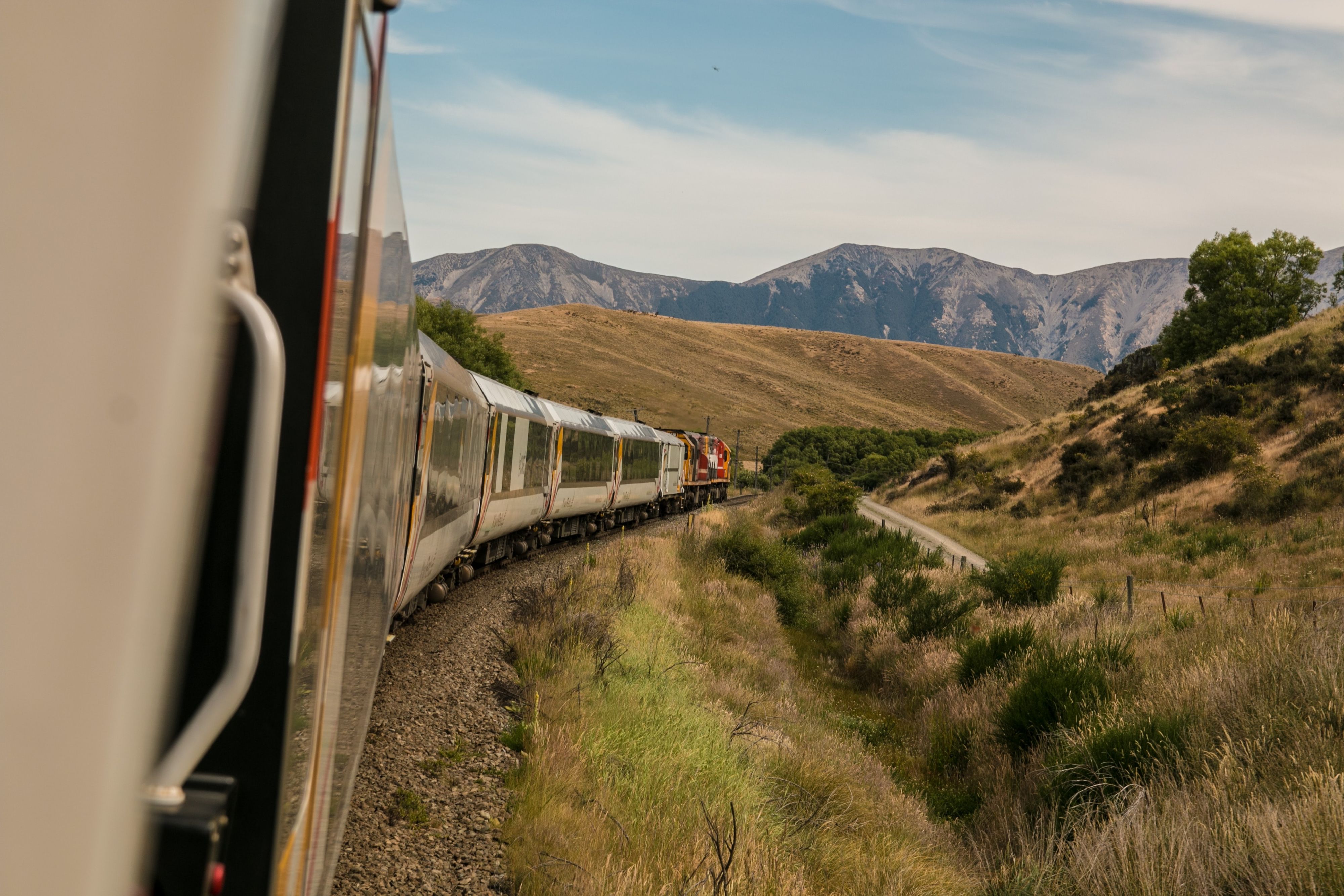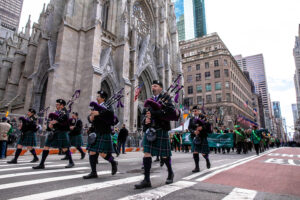The three and a half day on the Irkutsk to Moscow train follows one of two routes. The shorter of the two runs through the thousand-year-old city of Kazan, former capital of Tatarstan. The longer and more popular route, followed by most trains on the Trans-Siberian Railway, runs to the north through the cities of Perm and Nizhny Novgorod.
Either of these routes offers a fascinating journey from Siberia to the storied capital of Russia. And, if you feel the need to stretch your legs and sample local culture and cuisine along the way, there are a number of interesting stops on the journey to consider.

Remember – there are no hop on, hop off tickets on Russian trains. You must have a ticket for each city you intend to visit along the way. That said, here are some suggestions on places to visit along the route:
Irkutsk
During the Tsarist era, Irkutsk was a frequent destination for exiles. As a result, the city collected an array of artists and intellectuals which has led to it becoming a major economic and cultural center. Though one of the largest cities in Siberia, the historic city center, which has preserved the traditional Siberian wooden architecture, gives the city a quaint, small-town feel. And when you’ve had your fill of the city’s cultural offerings, you can make a quick trip nearby to see one of the natural wonders of the world – the spectacular Lake Baikal.
Novosibirsk
Novosibirsk is the largest city in Siberia, founded at the Ob River crossing on the Trans-Siberian railway. It boasts the largest opera house in Russia, as well as the Novosibirsk Planetarium and numerous museums. Just south of the city center lay Akademgorodok, a secret research town founded during the Soviet era for scientists and their families, which today is a vital research and educational hub for the country. For those looking for outdoor adventure, the Altai Mountains lay just to the south.

Omsk
Beginning as a fortress to secure trade routes with China in the early 18th Century, Omsk would later grow in importance both due to its location as a hub of the Trans-Siberian Railway and because its infrastructure and safe distance from the front made it an important industrial center during World War. Today, it is the 2nd largest city in Siberia. The famous writer Dostoevsky spent four years in exile in this city, and today Omsk boasts the Dostoevsky Museum of Literature, as well as a number of other museums and educational centers.
Yekaterinburg
Founded in the 18th Century to open up the exploitation of Siberia, Yekaterinburg remains a prosperous city to this day. The city has a thriving cultural life, with some 50 museums and an array of theatres. Attractions in the city range from the quirky, such as a monument to the pop band the Beatles and the world’s largest QWERTY keyboard – to the more somber, including the country’s largest military museum and monuments to the exile and execution of the last Tsar and his family. It is also convenient to the beautiful Ural Mountains that separate Siberia from Western Russia.

Perm
A major industrial center of the Urals, Perm is also important as a trade port due to its location on the Kama River. The writer Boris Pasternak, author of the novel Dr. Zhivago, lived in the city for a time and used it as the inspiration for the novel’s fictional town of Yuriatin. Many of the mansions which served as inspiration for those in the novel can still be visited. The city also hosts the Perm Museum of Contemporary Art and the Perm Ballet and Opera House, regarded as one of the best in the country. For those interested in darker cultural sites, the city also hosts Perm 36, the last surviving gulag from the Stalinist era.





